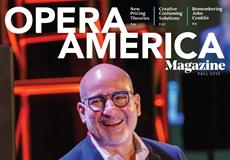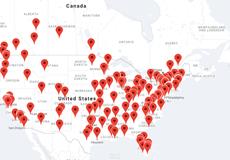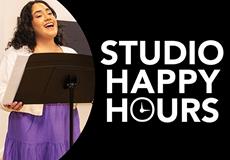Pricing Theory: Can targeted ticket discounts bring first-time opera attendees back?
When Opera Philadelphia announced that it was cutting its ticket prices to $11 across the board in 2024, it sold out its entire 2024–2025 season’s inventory in just three weeks. About two-thirds of attendees who bought discounted tickets were new purchasers. More than 700 individuals donated for the first time. The local and national press leapt to interview the company’s general director and president, the countertenor Anthony Roth Costanzo, about his vision for the future of the company and the opera business as a whole.
He remained, and remains, demure: “It’s not one size fits all,” he tells OPERA America. “If I were running a different opera company, I might have a different approach.”
The $11 ticket program is now in its second year. Opera Philadelphia is continuing to collect data about the behavior of all those new attendees and donors to help determine whether its new business model is a temporary, flash-in-the-pan success, or whether it could point to a brand-new kind of opera company.
Accessible pricing programs and ticket discounting programs are nothing new in the performing arts world. Ten years ago, for example, the Wilma Theater, a Philly theater company just across the Avenue of the Arts from the Opera, slashed its ticket prices to $25 per ticket thanks to a special grant. That program ran for three years, and “the results were mixed, to be honest,” says James Haskins, who was managing director at the Wilma at that time. (He is now the executive director of the Geva Theatre Center.) “What we discovered is that if someone wants to see a show, they will pay the price to see the show. It doesn’t really matter what that price is.” Later, when the funding ended and tickets reverted to full price, attendance took a hit, as audiences had come to expect the lower price point.
These two organizations’ programs can both help to demonstrate the intricate relationship between ticketing discounts and demand. Conventional wisdom might suggest that lowering price would increase demand and sales, but examples like the Wilma remind us that the reality is more complex and should be evaluated on a case-by-case basis. Currently, there are some particularly interesting experiments with pricing and discounting playing out in the opera field. These include San Francisco Opera’s Dolby ticketing initiative, which provides a steep discount for new and lapsed attendees and has helped the company increase the number of first-timers who come to a second performance. On the other side of the country, the much smaller Heartbeat Opera in New York City has also rolled out a discounted pay-as-you-wish program that it says is helping sell full-priced tickets and drive up the company’s overall revenue.
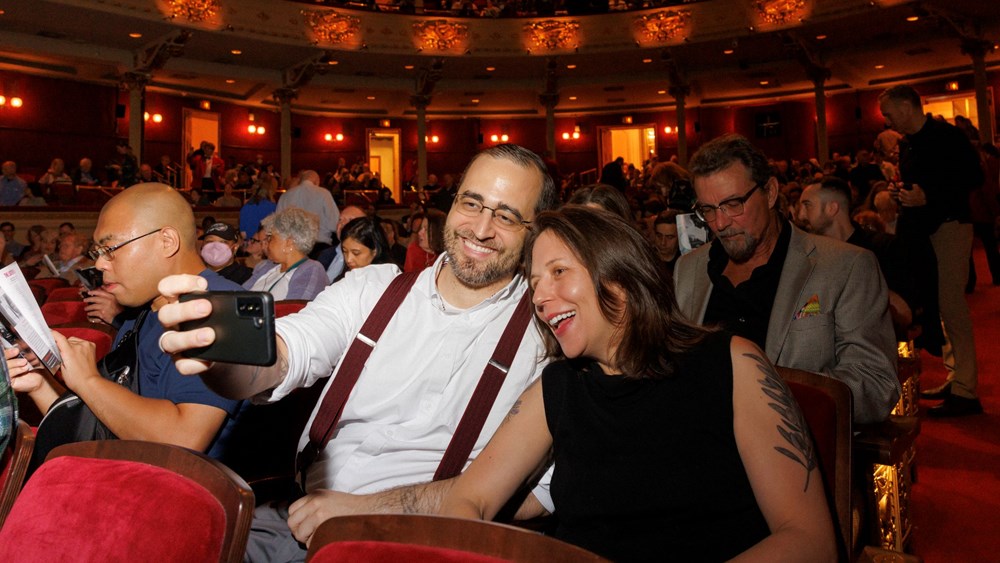
“I’ve been in this business for 30 years, and pricing has never on its face fixed a company’s business model,” says Jill Robinson, CEO and owner of the Colorado-based arts research firm TRG Arts.
She adds that these top-line takeaways, while promising, require careful, ongoing analysis of multiple factors to truly understand the relationship between discounting and attendance. “Discounting can be a tactic that helps people take a risk and come to the opera as a trial, she says. “But it’s a wasted trial if we’re not organized to create repeat participation.”
The magic of threes
Since San Francisco’s Dolby program began, it has focused heavily on bringing first-time attendees to the opera. “The first question I got from our board is, ‘how do you get them to come back?’” says Troy Smith, the company’s chief marketing officer who worked for 12 years at Oakland Athletics before pivoting to opera. “Based on data from live events in the performing arts and in sports and other spaces, we had the idea that the biggest barrier to audiences coming back for their second event is price,” he says, a point that OPERA America’s 2024 Understanding Opera’s New Audiences report underscores.
The Dolby program rolled out in 2022 and offers $10 tickets to attendees who haven’t been to an opera in three years or more. The company’s regular tickets are $28 at the lowest price point. These tickets are subsidized by a special endowment from the Dolby family — which made its fortune in audio technology — and many of the tickets are in good locations, i.e., not the top of the balcony. The company limits the number of Dolby tickets it sells by show, generally to around 100 seats out of the company’s 3,000-seat house, the War Memorial Opera House. Over the course of a season, it sells upwards of 10,000 Dolby tickets in total.
Rather than asking buyers to jump from a Dolby ticket to full price for the same seat, SFO offers additional discounted tickets to attendees for their second and third visits. After their third visit, there are no more discounts. The company has seen about a 20% return rate for new Dolby attendees using this stepladder, which is a little more than double SFO’s historical rate of return for new attendees. The program’s success inspired the company to offer a stepladder of pricing options to all new attendees, not just those who purchased a Dolby ticket. This has led to modest increase of about 2% each year in the return rate of new ticket buyers, says Smith, who cites the “magic of three” theory, which in audience behavior studies suggests that attendees’ buying habits begin to solidify after their first three visits. “And while that doesn’t seem like a lot, multiplied over thousands of people, it’s actually quite meaningful for us,” Smith says.
The story doesn’t end here, however. The big-picture question for companies will be whether the discounts are resulting in the kind of long-term audience and donor growth that will offset the cost of discounting those tickets, which continue to be funded by a special grant. Robinson acknowledges that this calculation is about more than dollars and cents: “Using discounting to sell out a hall has a material impact on how the venue feels, on how donors feel, and how subscribers feel. That’s real,” she says. (Smith notes that donor response has been very positive in San Francisco.) “That would certainly be a legitimate reason to continue to overinvest if you found out that this was the case,” Robinson adds.
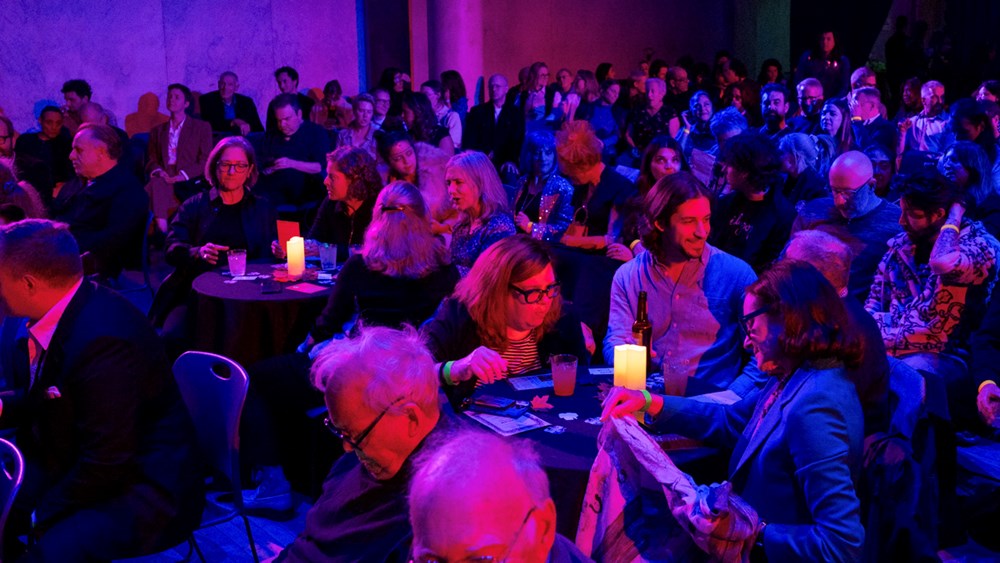
Skip the waitlist
Heartbeat Opera discounts about 15% of its 200-seat hall for each show to $10, asking purchasers to pay whatever they feel the show is worth on top of that price. The $10 seats are randomized so that many are in good spots in the hall. Heartbeat’s regular tickets run from $35 to $125, with the $125 “concierge” tickets subsidizing the $10 program.
In the past two years, “the program has helped us double our ticket revenue and our attendance number,” says the company’s executive director, Christian De Gré Cárdenas, noting that Heartbeat has gone from selling 1,800 tickets two seasons ago to about 5,000 in the previous season. Today, there is typically a long waitlist for the pay-as-you-wish tickets, which are released irregularly: “We learned to do this when we first started the program,” De Gré Cárdenas says. “If the audience catches onto the game, then they will wait for the perks. So now we change the schedule a little every show.”
Like San Francisco Opera, Heartbeat Opera is also keeping a close eye on the rate of repeat customers from the pay-as-you-wish program, as the goal is to move attendees from those $10 tickets to a regularly priced ticket or even to a donor program. Heartbeat offers a discount for attendees to return for a second show. “Between our first show this season and our third show, I noticed that 50% of our pay-as-you-wish patrons from our first show ended up becoming regular ticket buyers,” De Gré Cárdenas says, adding that he’s seen and spoken with many people who chose to purchase a discounted second ticket or a full-price ticket to move off the waitlist.
Other companies that offer a discount to first-time attendees to entice them to return for a second visit have not seen the same rate of success. In its 2024–2025 season, Portland Opera offered a steep up-to-50% discount for new attendees who attended The Shining in March 2025 to attend its production of Falstaff in June. “Utilization was very low — under 3% of 852 recipients used it, unfortunately,” says Christina Post, the company’s director of marketing and communications, adding that she remains optimistic about finding ways to bring back new attendees for a second visit.
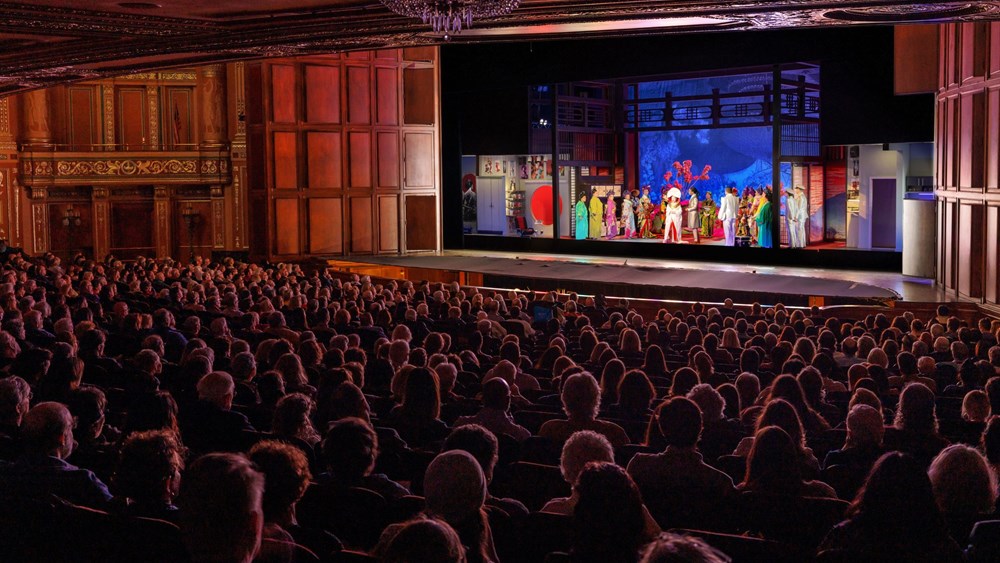
Meanwhile, back in Pennsylvania, Pittsburgh Opera has created a membership program that functions similarly to a Netflix subscription. For $20 a month, “Opus Pass” holders can attend any production as often as they’d like with good but not top-tier seats. The idea is to provide a mid-step between repeat single-ticket purchases and full subscriptions. Passholders are also able to purchase additional tickets at a discounted rate to bring guests to the opera. Year over year, the pass is seeing some growth, but utilization is in the dozens only, and it’s still a “modest slice of the pie,” says Chris Cox, Pittsburgh’s director of marketing and communications. He adds that most pass-holders in 2023–2024 did renew in 2024–2025, and he says the company has built in careful safeguards to ensure that regular subscription holders don’t simply downgrade to an Opus Pass.
“For the vast majority of passholders, their annual spend with us increased with the pass,” Cox says. He adds: “We always do follow-up communication with non-passholder first-time attendees, typically both email and direct mail, to invite them to a second production. Sometimes we’ve included discount offers, sometimes we haven’t. The return rate is lower than we’d like in both cases. That’s something we’re working to increase.”
Not everyone likes baseball
TRG’s Robinson says that opera companies generally offer a low enough price that it is not a primary barrier to entry for first-time attendees, but it becomes a barrier on return visits. Another pricing consultant, Sean Kelly, agrees as well. Kelly, who serves on the Communications Council of OPERA America, is the founder of the company Vatic, which consults with arts companies to maximize their ticket revenue through a “dynamic pricing” algorithm that helps match price to real-time demand, not unlike at an airline. “I think an isolated, targeted discount can be useful when you’ve got a house that needs seats filled,” Kelly says. “But I’ve heard boards say that ‘the problem is that we’re elitist, and that means we charge too much, the problem is the price.’ But this is so much more complicated than a pricing question — this is about the base-level issue of whether there is demand for opera.
“If someone doesn’t want to go see a show, it doesn’t matter how little you charge for it. It’s not a question of price.”
Kelly also worries that heavy discounts could ultimately threaten the perceived value of an opera ticket, which is already far too low to cover production costs. “If folks get it into their head that something should only be worth $15, well then that’s what the worth is,” he says. “In the U.S., we live in a capitalistic society and so we assign value by how much we paid for something.”
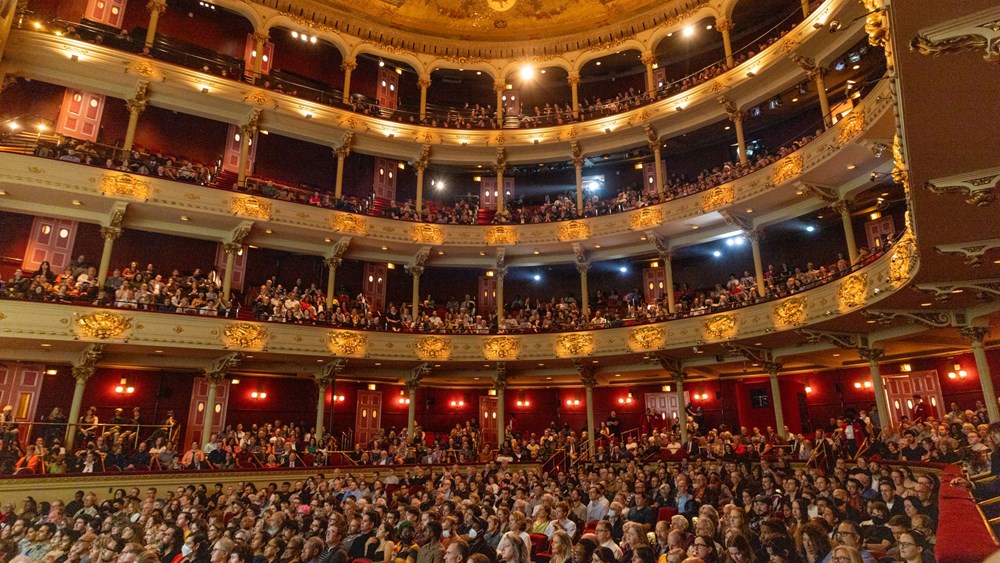
Regardless, Opera Philadelphia, like its fellow companies in San Francisco Opera and New York City, is charging ahead with its lower-cost ticketing program, and time will tell whether its decision to prioritize a lower price point that allows large numbers of new attendees to try out the opera will be effective in the long run. In the short term, Costanzo says that the $11 program galvanized donors and funders enough to cover the $400,000 drop in revenue during the 2024–2025 season. As of August, the company has sold more tickets already than in its previous season, a mark of growth considering it doubled the number of performances it’s offering. But it hasn’t sold out in one fell swoop this time around.
“I consider everything we’re doing at Opera Philadelphia to be venture capitalism,” Costanzo says. “I think we have to be honest about it that most people do not think that they want to go to the opera. Our new ticket model allows anyone to try out an experience at the opera, and the experience is selling.” Opera Philadelphia’s challenge will be the same as other companies: to make sure that the experience itself is enjoyable enough to draw audiences back, regardless of price.
“We are not going to be able to make opera or dance or theater or any art form appealing to everyone,” says Robinson. “Not everybody’s a baseball fan. Not everybody loves Converse high-top shoes. As long as our price table is broad and we’re selling a quality experience, then pricing isn’t a problem.”
This article was published in the Fall 2025 issue of Opera America Magazine.

Jeremy Reynolds
Jeremy Reynolds is the editor of Opera America Magazine and the classical music critic at the Pittsburgh Post-Gazette.

